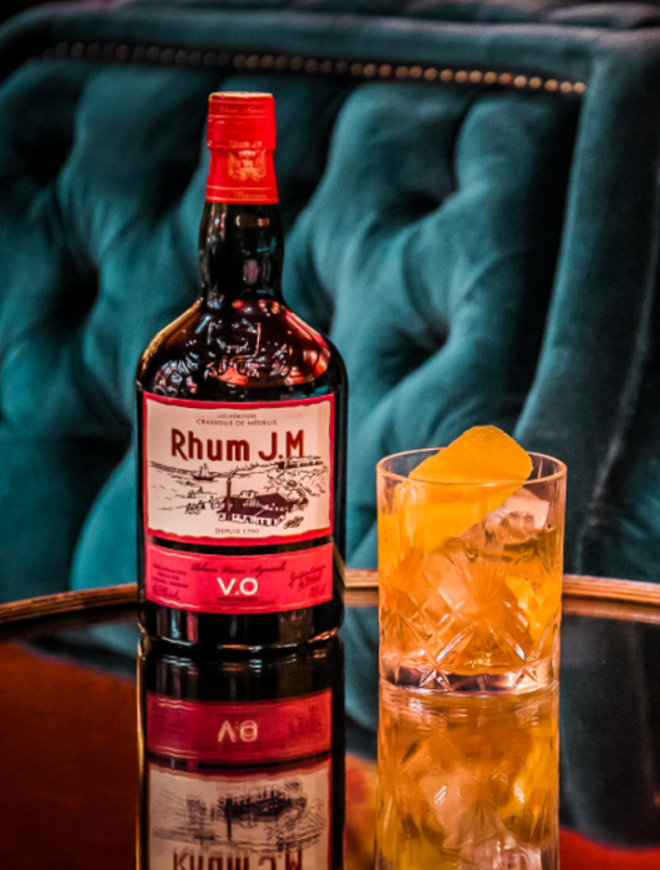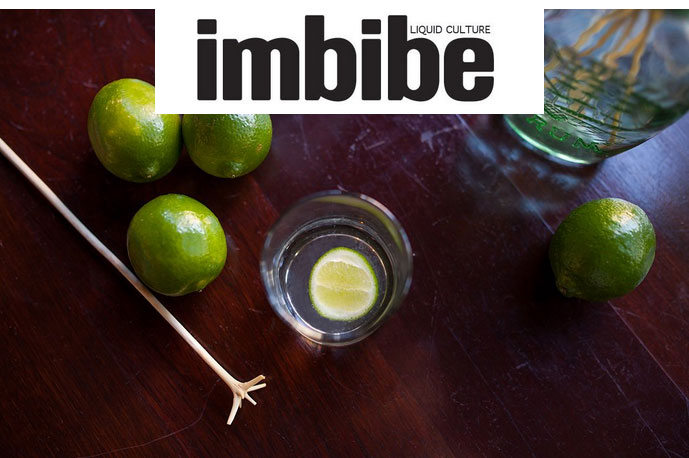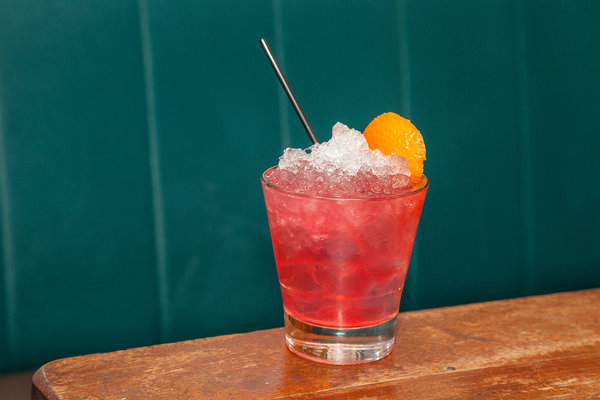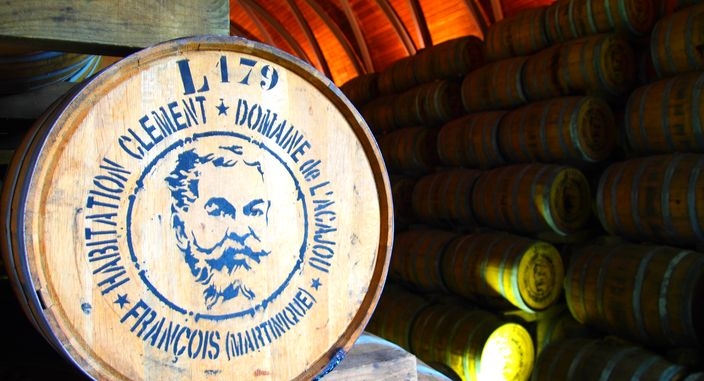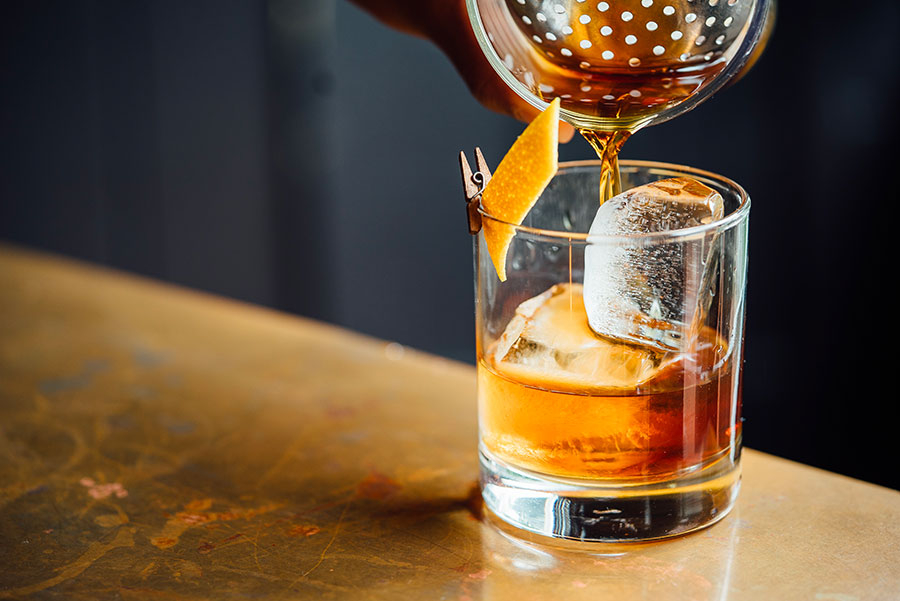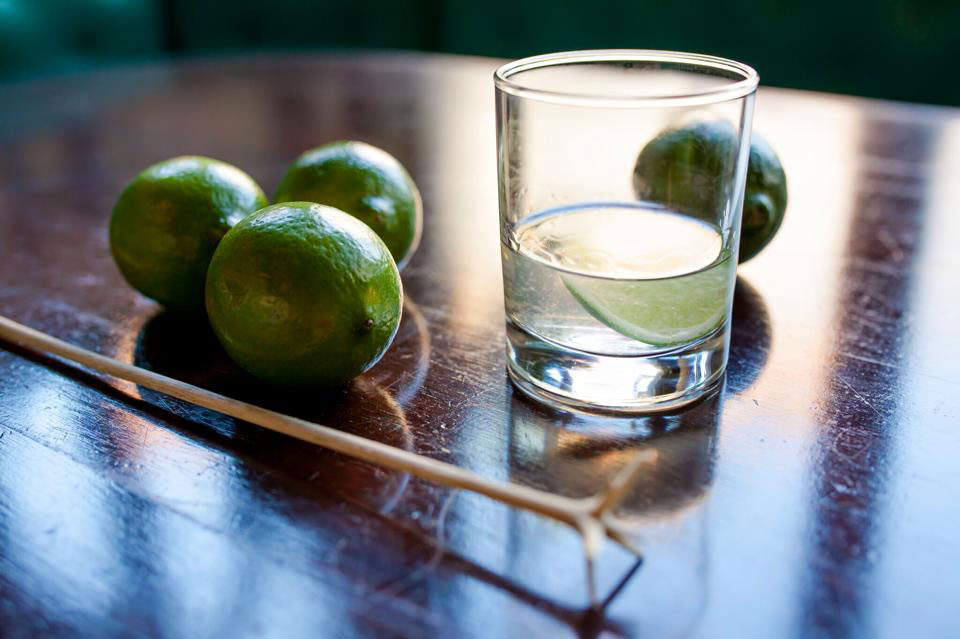
Imagine you are on the tropical island of Martinique in the French West Indies. The air is soft and tinged with salt. Puffs of volcanic ash sometimes exhale from Mt. Pelée. The earth is dark black from lava flows that give the earth a very specific terroir. No other place on earth has soil quite like this. It gives the cane grown here a crisp and aromatic flavor of the place.
You can smell white flowers and candy sugar in every whiff of Rhum that is produced on Martinique. Rhum (yes, spelled with an h) is a major part of what keeps Martinique a unique producer of one of the most expressive rums on the planet.
But what makes Rhum, rum? Is all rum, Rhum? Ah, a very good question indeed.
All Rhum is rum, but not all rum is Rhum! Rhum means freshly cut sugar cane. How does your mass produced rum call itself rum if it’s not even made with freshly cut cane? What ingredients does your rum have in it? Molasses? Was that molasses even grown in a place where sugar cane grows? Perhaps your rum is made with sugar beets or even corn syrup boiled down into a morass of dark brown syrup, further colored (and flavored) by artificial caramel syrup?
Is this rum? I don’t think so. It’s amazing to me when people say they like rum, they’ve never even had REAL rum! That’s like saying you love coffee but you only drink dehydrated decaf Nescafe’ from a jar. Not the same thing at all.
Rum should be made from freshly cut sugar cane, not molasses syrup- nor corn syrup, nor beet syrup, nor artificially colored and flavored ingredients that purport themselves to the consumer as rum.
Rhum Agricole is a very specific form of rum from Martinique. It is made in the old fashioned style, using freshly cut cane. Cane needs to be crushed pretty quickly after being cut because the temperature and the humidity cause the stuff to ferment (and rot) after a few short hours in the sun. This is why so many rum producers use molasses. It just lasts longer and is less expensive read: labor intensive than using freshly cut and pressed cane. Rhum Agricole from Martinique is also protected by a Appellation d’Origine Contrôlée. This means, quite simply that no one else can use the term Rhum Agricole by law. On Martinique the terminology for this type of rum is: Rhum Agricole AOC Martinique.
But what does this mean to your glass? Well, hopefully your glass is clean. That is a good start. I know that ice is a commodity in the islands. Finding clean ice can be difficult. After spending much time on my family’s former yacht in the islands, I learned that plentiful coconut water can be frozen and it tastes better in a rum drink than desalinated, highly chlorinated water that is usually available in stores. (Fill your ice tray up with unsweetened coconut water, freeze it overnight and see!)
Rhum Agricole is known by two words. Sugarcane Moonshine and for good reason. AOC Rhum Agricole must be aged for three months and is bottled between 40 and 55 % alcohol by volume. It’s Moonshine!
I’m especially fond of drinking my Rhum Agricole in a way taught to me by the Minister of Rum Ed Hamilton when I first met him down in the islands on his yacht almost twenty or so years ago. (Has it been so long?)
Ed taught me to drink less and drink better. Thanks Ed, for enlightening me.
His drink of choice, understandable since ice is such a commodity, is a simple drink named the Ti’Punch. I’ve made plenty of them over the years and it’s my go-to when ice is dicey at best. (Anyone who has gotten an stomach sickness from bad water will attest to the truth here.)
The Ti’Punch is a bit of strong (Rhum) to a bit of sweet (Cane sugar syrup) to a bit of bitter, (Lime juice) and of course the salty air in the background bringing it all together in your (hopefully clean) glass.
Ti’Punch
I like to make mine and I tell my guests: Chacun prépare sa propre mort (roughly translated: each prepared their own death)
Ingredients:
Rhum Agricole
Limes
Sugar Cane Syrup (unfermented fresh sugar cane syrup)
Preparation:
Cut your limes into chunks with the skin on and add to your glass
Moisten your lime chunks with some Sugar Cane Syrup
Muddle to release the aromatics and spark of the lime juice
Add 2-3 (or more) ounces of Rhum Agricole to the lime and the Sugar Cane Syrup
For this drink I’d use either Rhum Clement Agricole or Rhum J.M. Agricole because of the unique terroir of these sugar cane spirits from Martinique! I’m sure there are others, but these brands are on my shelf!
Read the Full Article Here

